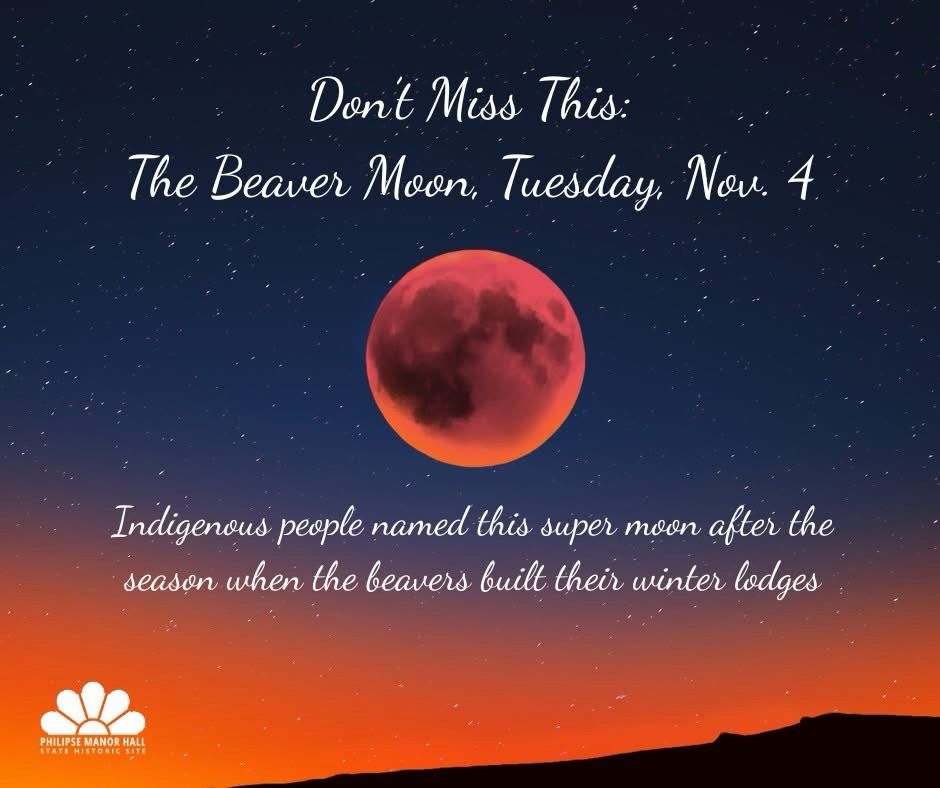
APTeacher1754
@nyqcpodcast1754.bsky.social
260 followers
760 following
2.2K posts
Podcaster Early Atlantic 🌎, Former East Haarlem Admin & AP Teacher, The Friends of Philipse Manor Hall President, Holland Society Member, Yonkers Historical Society Member, Francophone and 🚢 Travel Agent
Posts
Media
Videos
Starter Packs
Reposted by APTeacher1754
Reposted by APTeacher1754
Reposted by APTeacher1754
Ok so I viewed all 10 Vermeer’s on display in NYC, so I’ll start with the two on loan to The Frick:
“Lady writing letter with her Maid,” 1670-71
“Love Letter,” 1699-70
“Lady writing letter with her Maid,” 1670-71
“Love Letter,” 1699-70


Reposted by APTeacher1754
Reposted by APTeacher1754
Reposted by APTeacher1754
Reposted by APTeacher1754
Reposted by APTeacher1754
Reposted by APTeacher1754
Reposted by APTeacher1754
I was recently reading about the Maroons in the Caribbean and found their history and strategies fascinating. Their battlefield tactics were particularly innovative, utilizing multiple drummers and conch shell trumpeters to disorient European forces in the dense jungle.
Reposted by APTeacher1754
Reposted by APTeacher1754
















